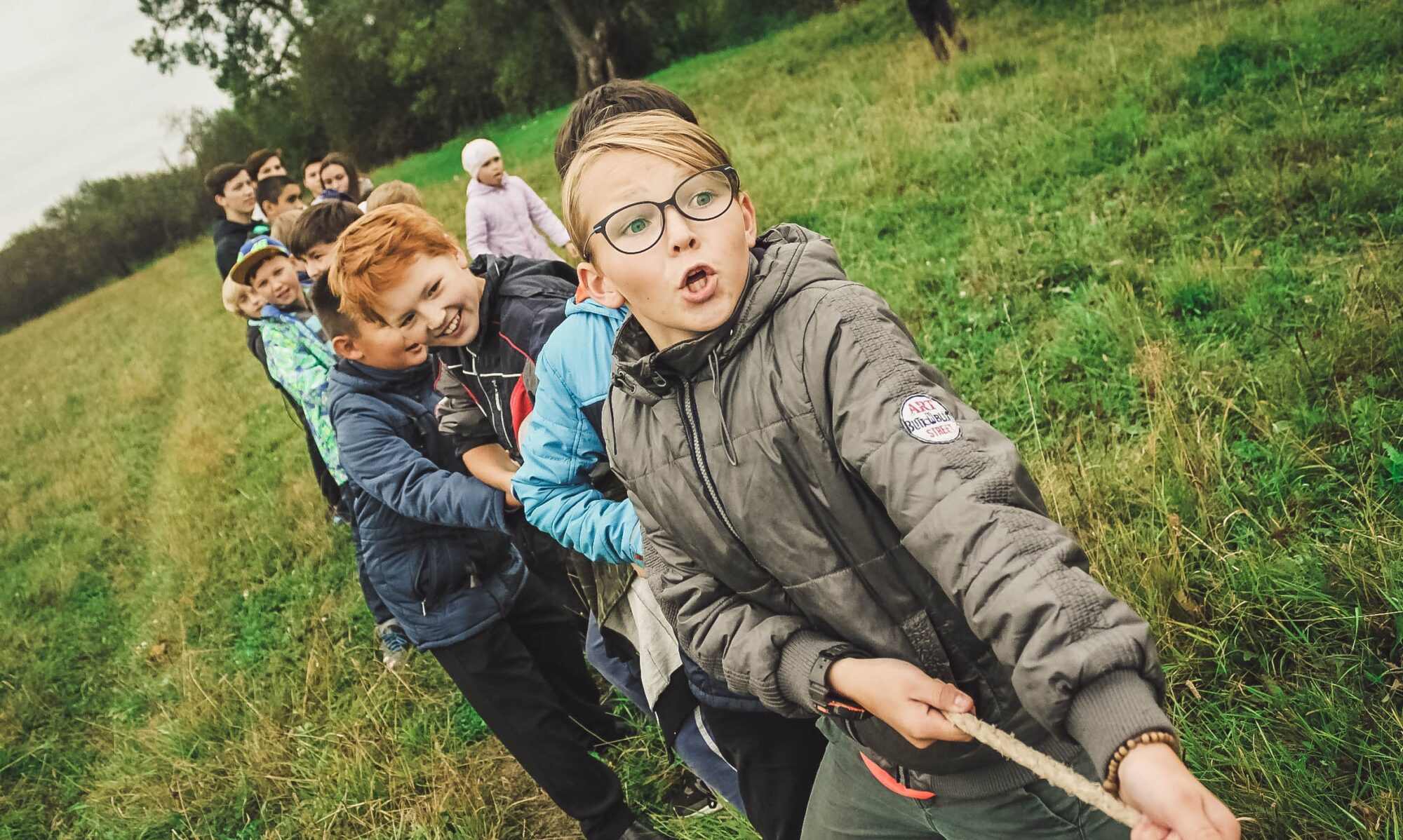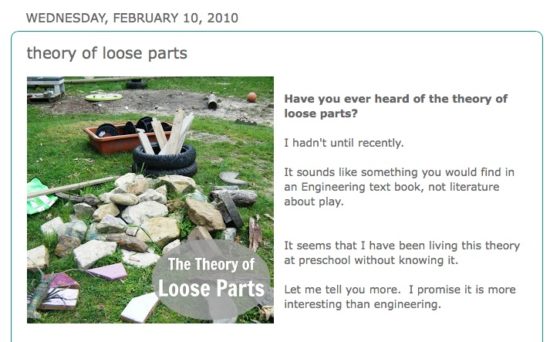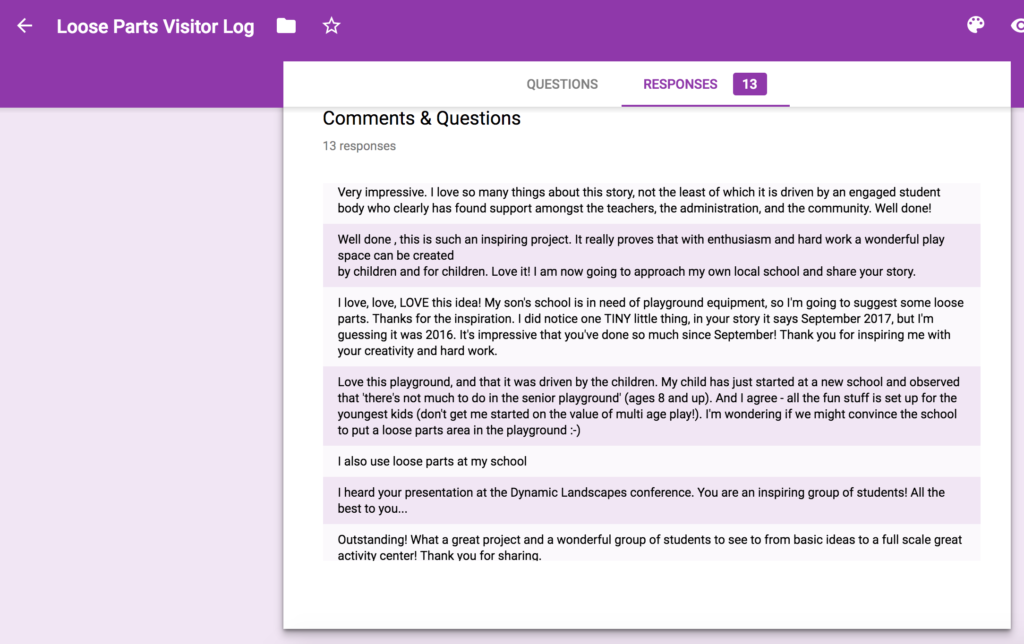Cornwall students think global, build local, share both
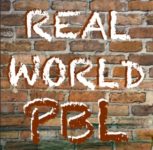 Last year the most amazing thing happened: my students at the Cornwall School designed and built a playground. They dreamed, planned, proposed, revised, fundraised — deep breath — organized, built and managed.
Last year the most amazing thing happened: my students at the Cornwall School designed and built a playground. They dreamed, planned, proposed, revised, fundraised — deep breath — organized, built and managed.
But then they taught themselves how to share their story: with social media, and with a whole world of educators, so that other students might have the same experience.
Telling your PBL story
There’s nothing like the feeling of seeing your students telling a room full of educators how their project changed the world, and themselves as learners.
(I may have cried, but no one saw me do it so it doesn’t count. Ssh.)
And so it began:
Last September, I took my small 6th grade class to the Cultivating Pathways to Sustainability youth summit. None of us really knew what to expect. We knew that other students would be there. We knew we’d be exploring the concept of sustainability. And we knew there’d be coffee.
(Which is how I discovered it’s important to explicitly tell students that the coffee is intended for adults. But I digress.)
Cultivating Pathways to Sustainability introduced me and my students to the United Nations 17 Goals for Sustainable Development, and connected us to a global movement working to improve the quality of life now and into the future.
More importantly, it also connected my students to other Vermont students planning projects in their own communities.
As the morning began, we explored the 17 Global Goals. Each student picked a goal and began thinking about an independent project. It was fascinating to observe which goals resonated with particular students, and to try to understand how they made sense of the concepts.
In particular, one student connected with Goal 10, reduced inequalities. It prompted him to reflect on the inequalities between older and younger students at our own school. He was thinking about recess, and how, as a smaller kindergartener he’d been intimidated by the older students. Afraid to play in “their” areas. Now, as a 6th grader, he noticed there was still a divide between the primary and intermediate grades students, and decided to focus on a recess project to bring students together.
The seed was planted
Back at school, our morning meeting discussions began to center around project ideas. We decided that together we could have a bigger impact, and that pursuing a group project didn’t mean students had to abandon their other ideas.
A few group brainstorming sessions, (peppered with a few strategically placed teacher suggestion), led to us drafting our first proposal to Cornwall School’s playground committee: we wanted to build a loose parts play area to bring older and younger students together.
The task was easily differentiated:
- Some students researched play theory: they wrote our introduction and rationale;
- Others compiled lists of materials that our space could contain.
Because this was real life, our proposal was rejected the first time pending further information.
But the students happily considered, researched, and resubmitted. A great early lesson in taking on feedback to make your story have maximum impact!
The work attracts early notice
First up: a fundraiser.
Inspired by a fundraiser called Bike for Books, the students, in partnership with our PE teacher, created a new iteration called “Moving for Materials”. Students planned, publicized, and ran the Ninja Warrior-style event, raising more than $400 toward the project.
Next: let’s build!
Arctic December air chilled us as we built the space, but there was minimal complaining. We calculated landscape fabric dimensions, spread wood chips, and placed the loose parts around the area. But was all worth it on opening day.
Our school district posted about the project on Facebook, which led to VPR showing up to cover the event:
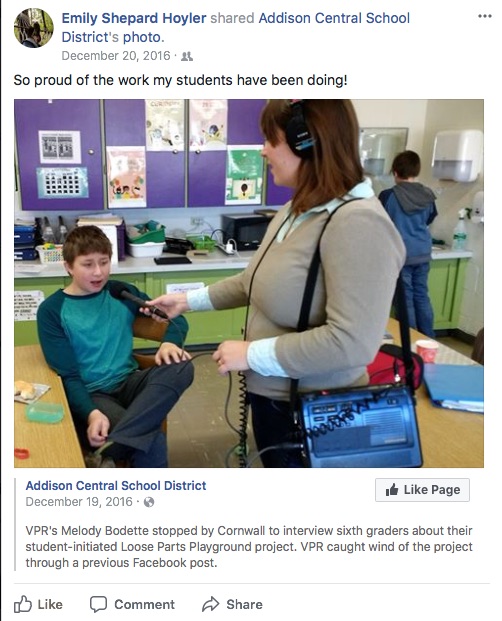
The students were delighted.
But it was just the beginning.
Word about our project was getting out
Thanks to these social media postings, people were interested in our story.
And I realized that this project was providing us with yet another learning opportunity: how to tell our PBL story.
First, a teacher at Chester-Andover contacted me. His students were working on a similar playground project, and they wanted to chat. We set up a Google Hangout and my students shared their insights and advice.
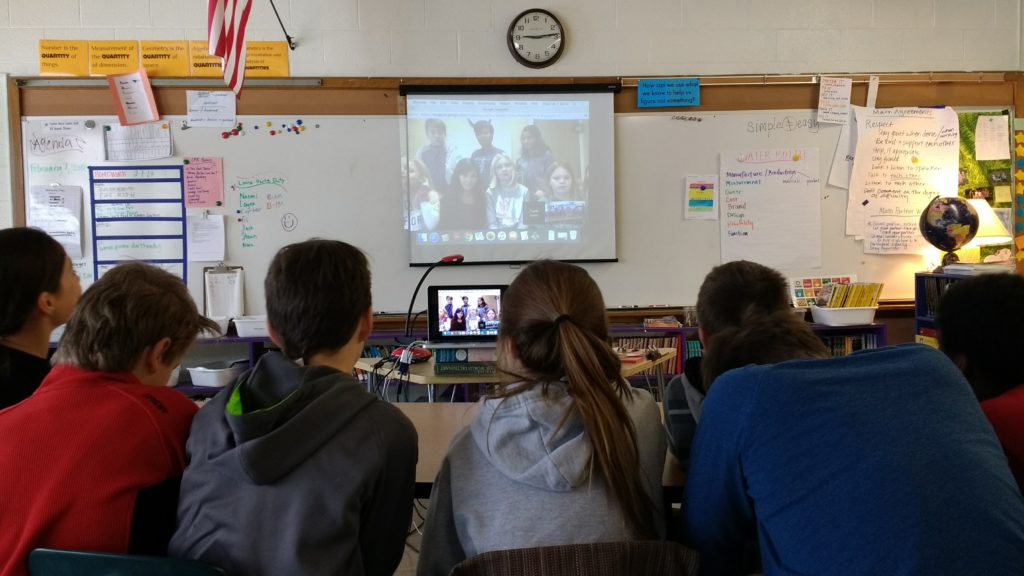
Next, our local paper caught wind of the story and came to interview the students.
It was pretty awesome (and amusing) to hear my students saying, ‘We’re FAMOUS!’
From there, a local filmmaker learned of our story, and its congruence with her own work, and visited us. She told my students that people all over the world are trying to do what they had done!
Empowered by these experiences and learning that there was a wider audience for our story, we created our own website and began storyboarding our own documentary.
Our visitor log soon showed positive feedback from across the globe!
Remember that project management process I modeled for students? I was able to assign a student to be project manager for the documentary. This let me step out of the way.
We finished just in time to share it at the spring Cultivating Pathways to Sustainability conference — the place where we’d initially conceived of our project. It was also where we learned about the amazing projects other school teams had completed.
Where next to share our story?
Last April, big news rippled across our tiny state: Dynamic Landscapes, one of two statewide education conferences, was holding a contest for students to deliver the keynote.
Were we interested? WE SO WERE.
We headed into a bold new realm of storytelling.

If we were going to talk to adults — to teachers, nonetheless — about our project and what made it so awesome, what would we say?
We needed to think beyond the playground:
- Did we learn anything from this project that would help us be successful in life?
- What did we want teachers to know and to do, to make learning experiences like this happen for their students?
- How did it feel? What contributed to it feeling this way?
- What made this project great?
- Which were our favorite parts?
We moved from concrete examples to broader categories in our quest to convey to educators why this project was so powerful for the students.
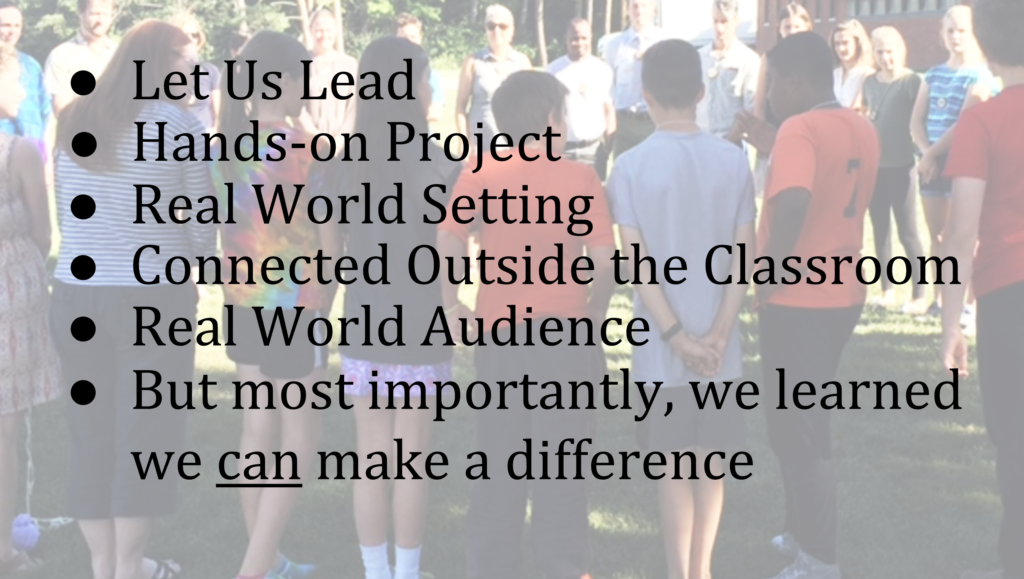
We won!
In May, we traveled up to Burlington and the students addressed more than 300 educators. On a stage. In an auditorium. With fancy mics and everything.
And they nailed it.
One student’s metaphor was especially memorable to those in attendance:
“Being at school is like being a dog on a leash; we’re constantly being told to heel. But this project let us off the leash, into a fenced field, where we could lead the way.”
How could you help your students tell the story of their project-based learning?
